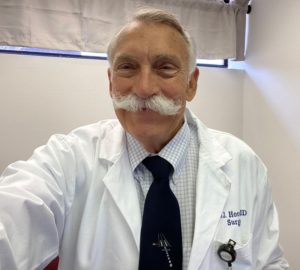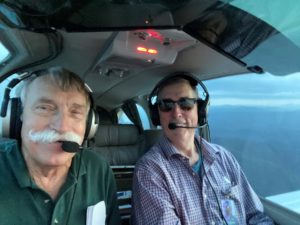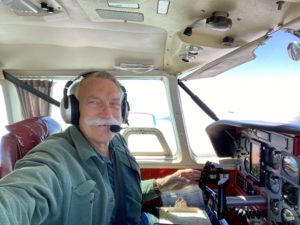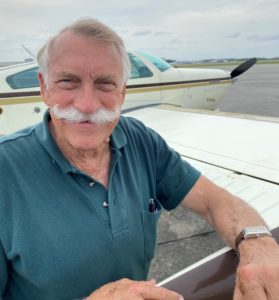William “Bill” Horan, MD, FACS
ATP, CFII, Senior AME / Cessna Citation 500 Type Rating
13,500 Hours
BPT: What first attracted you to aviation – and why?
BH: I still have a certificate dated 1949 from American Airlines that my mom gave me. It says that I’m a member of the “Sky Cradle Club.”
I guess the smell of avgas from the DC-6 must have gotten in my blood. Airplanes have been a large part of my imagination ever since I was 3.
BPT: When did you learn how to fly? And where were you?
BH: In 1969, I was a combat medic out in those beautiful jungles of Vietnam. When I came back to the states in 1970, I was stationed at the Army Aviation Training Center in Ft. Rucker, Alabama. I was able to use the GI Bill to earn all of my certificates and ratings with military flight instructors while working in the operating room as a surgical assistant.
 BPT: Which aircraft have you flown during your career?
BPT: Which aircraft have you flown during your career?
BH: I’ve had the opportunity to fly and teach in the vast majority of planes from tail draggers to the Cessna Citation, although I have a lot more time in Bonanzas and Barons than in the Citation.
BPT: What are you flying now?
BH: I owned a Piper Navajo and a small Part 135 operation called Forrest Air Charter for several years. Now, however, I’m fortunate to be able to fly and teach in other folks’ airplanes.
BPT: Both as a medic and as a pilot, you’ve had a very successful career, Bill. Share with us some of the highlights of flying career.
BH: Right after the attack on the World Trade Center on 9/11 I had the opportunity to fly a young woman to New Orleans from Asheville, NC on an “Angel Flight.” She was dying from cancer and needing to get home as soon as possible.
The sky was still empty after the towers fell but the Federal Air Marshal and U.S. Homeland Security approved the flight and when we took off, we were the first airplane to be released even before the airlines flew again. That was a unique experience — but being able to teach with BPT has been equally rewarding. 7.
 BPT: So how did you become involved with BPT?
BPT: So how did you become involved with BPT?
BH: I had known of the precursor to BPT for many years. Several of my Beechcraft owner-students encouraged me to apply for an instructor position, so I did.
BPT: Why is BPT important to you?
BH: Being able to teach with BPT has been a very satisfying and stimulating opportunity. The standardization provided by the excellent instructor program has greatly improved my ability to contribute to aviation training.
BPT: What do you feel makes BPT unique?
BH: I really think it’s the structure of our weekend seminar events. It provides an environment of immersion into aviation learning and re-learning while being surrounded by like-minded individuals who come from all imaginable locales and vocations.
 BPT: Would you recommend BPT to a new pilot? If so, why?
BPT: Would you recommend BPT to a new pilot? If so, why?
BH: What an excellent way to get off on the right foot in your aviation development! And for a seasoned pilot, BPT is an excellent opportunity to continue to grow in aviation under the wing of experts in the field.
BPT: Thanks, Bill. Is there anything else you would like to share with our readers?
BH: Thanks to all involved for my opportunity to be a part of this tremendous organization!!!




